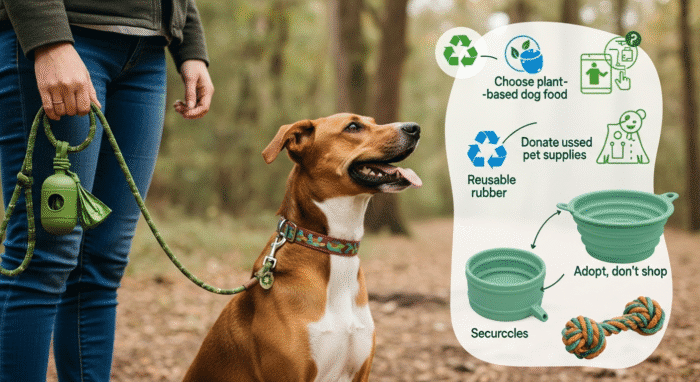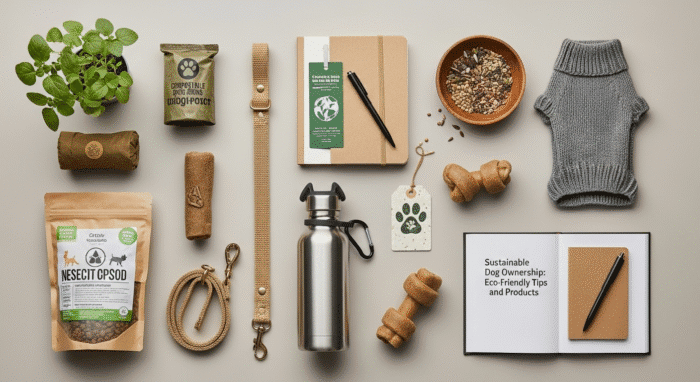Okay, let’s talk about dogs. And, more specifically, let’s talk about how our furry best friends can coexist a little better with, you know, the whole planet Earth thing. Because, let’s be honest, between the plastic bags, the processed kibble, and the, ahem, waste disposal, dog ownership can sometimes feel a little…un-green. But it doesn’t have to be! And that’s where sustainable dog ownership comes in. It’s not about being perfect, it’s about making conscious choices. It’s about asking “Could I do this in a little bit more eco-friendly way?”
I’ve been thinking a lot about this lately. I used to just grab whatever was cheapest at the big box store. Now, I am more conscious of trying to make more sustainable choices. And believe me, the changes are so worth it.
Table of Contents
The Plastic Problem and Eco-Friendly Dog Gear

Let’s face it: dog toys and accessories are often… plastic-y. And I’m not talking about the good kind. So, what can we do? Well, first, think about the toys your dog actually loves. That squeaky hedgehog they ignore? Donate it. Focus on investing in durable, eco-friendly alternatives that will last. Think hemp ropes (surprisingly tough!), natural rubber toys (check for non-toxic certifications!), or even upcycled materials.
And what about those ever-present poop bags? (We all need them – unless your dog is some kind of miracle and…well, you know). Here’s the deal: biodegradable bags are a better choice, but even better? Compostable ones. Just be sure they’re certified and that your local waste management accepts them. The EPA has good information on composting. Now, I know what you’re thinking: “Composting dog poop? Really?” Yeah, it’s a thing. It requires a separate system from your food compost (obviously!), but it’s doable. Do a little research and see if it’s right for you.
You might be wondering about harnesses and leashes… so many options, but so few are eco-minded. Look for those made from recycled materials. Or, better yet, consider materials like hemp or bamboo, which are incredibly sustainable and durable. My personal favorite is a hemp leash – it gets softer with age!
Sustainable Dog Food: What’s Really in the Bowl?
Okay, this is a big one. Dog food. What they eat. The amount of kibble that’s consumed daily globally is a lot, right? Let’s be honest: the pet food industry isn’t exactly known for its transparency or eco-consciousness. But there are things you can do. Start by reading the label. Really read it. Look for whole, recognizable ingredients. Avoid fillers like corn, wheat, and soy (unless your dog has specific dietary needs that require them, of course). If you have time you can check out what brands people talk about over on Crazy Games, they often have great recommendations.
Sustainable dog food options are becoming more available. Companies are now starting to offer foods made with sustainably sourced protein (like insects – yes, really!), or with a focus on reducing their carbon footprint. Look for certifications that verify these claims. And, if you’re feeling ambitious, consider making your own dog food. I know, it sounds intimidating, but it’s not as hard as it seems, and you’ll have complete control over the ingredients. Just do your research and consult with your vet to ensure you’re meeting your dog’s nutritional needs.
Here’s the thing: food waste is a massive problem. And, as dog owners, we contribute to it. So, what can we do? For starters, measure your dog’s food carefully to avoid overfeeding. Store food properly to prevent spoilage. And, if you have leftover food, consider composting it (again, separate from your human food!).
Actually, that’s not quite right… What I should be saying is: if you have leftover human food that’s safe for dogs (no onions, garlic, or chocolate!), consider sharing it with your pup as a treat. This has some helpful tips on ways to train your dog. Think of it as a win-win: less food waste for you, a tasty (and potentially healthy) snack for your dog.
Beyond the Bowl: Sustainable Dog Care
Sustainable dog ownership goes beyond just food and toys. It’s about considering the environmental impact of all aspects of your dog’s life. Think about grooming products. Many commercial shampoos and conditioners contain harsh chemicals that can be harmful to the environment (and potentially to your dog!). Look for natural, biodegradable options.
And what about waste disposal? We already talked about poop bags, but what about general waste? Recycle everything you can. Reduce your consumption of single-use plastics. And, if you have a yard, consider using natural pest control methods instead of harsh chemicals. Your dog (and the environment) will thank you.
Transporting your dog can also be more eco-friendly. Walk or bike whenever possible instead of driving. If you need to drive, consider carpooling with other dog owners. And, when flying, choose airlines that have sustainable practices.
I keep coming back to this point because it’s crucial… it’s really about making small, incremental changes. It’s about being mindful of our impact. It’s about choosing products and practices that are a little bit better for the planet. And, when we do that, we’re not just helping the environment, we’re also creating a healthier and happier life for our dogs.
Supporting Sustainable Pet Brands
One of the most impactful things you can do is to support brands that are committed to sustainability. Look for companies that use eco-friendly materials, have ethical manufacturing practices, and give back to environmental causes. Do your research. Read reviews. Ask questions. It may be a tough decision in the end but there is help out there!. There are some incredible companies out there doing amazing work, and they deserve our support. By voting with our wallets, we can encourage more businesses to adopt sustainable practices.
FAQ: Making Sense of Sustainable Dog Ownership
How do I know if a dog toy is truly eco-friendly?
That’s a great question, and one that deserves a bit of digging! Look for certifications like GOTS (Global Organic Textile Standard) for fabrics, or certifications that guarantee non-toxic materials for rubber toys. Also, read the product description carefully. Does it mention recycled materials? Sustainable sourcing? Transparency is key. If a company is truly committed to sustainability, they’ll be upfront about their practices. And don’t be afraid to contact the company directly and ask questions. A reputable brand will be happy to answer.
What’s the deal with insect-based dog food? Is it safe?
Okay, I get it. Bugs in your dog’s food? It sounds a little…out there. But, hear me out! Insect-based protein is actually a very sustainable and nutritious option. Insects require far less land, water, and feed than traditional livestock. And they’re packed with protein and essential amino acids. As for safety, look for reputable brands that use high-quality, sustainably raised insects. And, as always, consult with your vet before making any significant changes to your dog’s diet.
Why is sustainable dog ownership important anyway?
Well, put simply, because we have a responsibility to minimize our impact on the planet. Dog ownership, like any form of consumption, has an environmental footprint. By making conscious choices, we can reduce that footprint and create a more sustainable future for ourselves and for our furry friends. It’s about being a responsible pet owner and a responsible citizen of the world.
My dog is a picky eater. How can I transition them to a more sustainable food?
Ah, the picky eater challenge! I know it well. Transitioning gradually is key. Start by mixing a small amount of the new food with your dog’s current food. Gradually increase the amount of new food and decrease the amount of old food over a period of several days or weeks. You can also try adding a little bit of warm water or broth to make the food more appealing. And, if your dog is still resistant, don’t give up! Keep trying different sustainable brands and flavors until you find one they love.
Ultimately, sustainable dog ownership is a journey, not a destination. It’s about making conscious choices, being mindful of our impact, and continuously learning and improving. It’s not about being perfect, it’s about doing our best. And, when we do that, we’re not just helping the environment, we’re also creating a healthier and happier life for our dogs. And that, to me, is a pretty good reason to give it a try.

